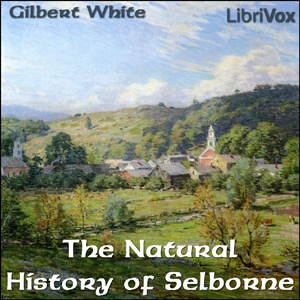- How to Know the Trees
- Autumn Studies - Shagbark Hickories, Disappointing Hickories, Black Walnut, Butternut
- English Walnut, Chestnut and Chinquapin, Beech, Witch Hazel
- White Oaks - White Oak, Bur or Mossy-cup Oak, Live Oak, Post Oak, Swamp White Oak, Chestnut Oak
- Black Oaks - Black Oak, Red Oak, Scarlet Oak, Pin Oak, Willow Oak
- Trees with Winged Seeds, Tree Seeds that have Parachutes
- Autumn Berries in the Woods, Changing Colour of the Autumn Woods
- Winter Studies - Trees We Know by Their Bark
- Trees We Know by their Shapes, Trees We Know by Their Thorns
- Needle-leaved Evergreens, Five-leaved Soft Pines, White Pine, Great Sugar Pine, Nut Pines
- Hard Pines, Southern Pitch Pines, Longleaf Pine, Shortleaf Pine, Cuban Pine, Loblolly Pine, Northern Pitch Pines, Cedars - White and Red
- Two Conifers Not Evergreen, Larches, Bald Cypress, Hollies, Burning Bush
- Spring Studies - The Awakening of the Trees, Trees that Bloom in Early Spring, The American Elm and its Kin
- The Maple Family, the Willow Family
- Why Trees Need Leaves, Leaves of All Shapes and Sizes
- Summer Studies - Trees with the Largest Flowers, Trees Most Showy in Bloom, Trees that Bloom in Midsummer
- The Early Berries in the Woods, The Sassafras, The Ash Family
- The Horse-chestnut and the Buckeyes, The Buckeyes, The Locusts and Other Pod-bearers
- Wild Apple Trees and their Kin, The Cherries, The Plums, The Serviceberries
- Valuable Sap of Trees, The Uses of Trees
- Identification Keys to Tree Groups and Families
The best time to being to study the trees is to-day! The place to begin is right where you are, provided there is a tree near enough, for a lesson about trees will be very dull unless there is a tree to look at, to ask questions of, and to get answers from. (Julia Rogers)
There are no reviews for this eBook.
There are no comments for this eBook.
You must log in to post a comment.
Log in











